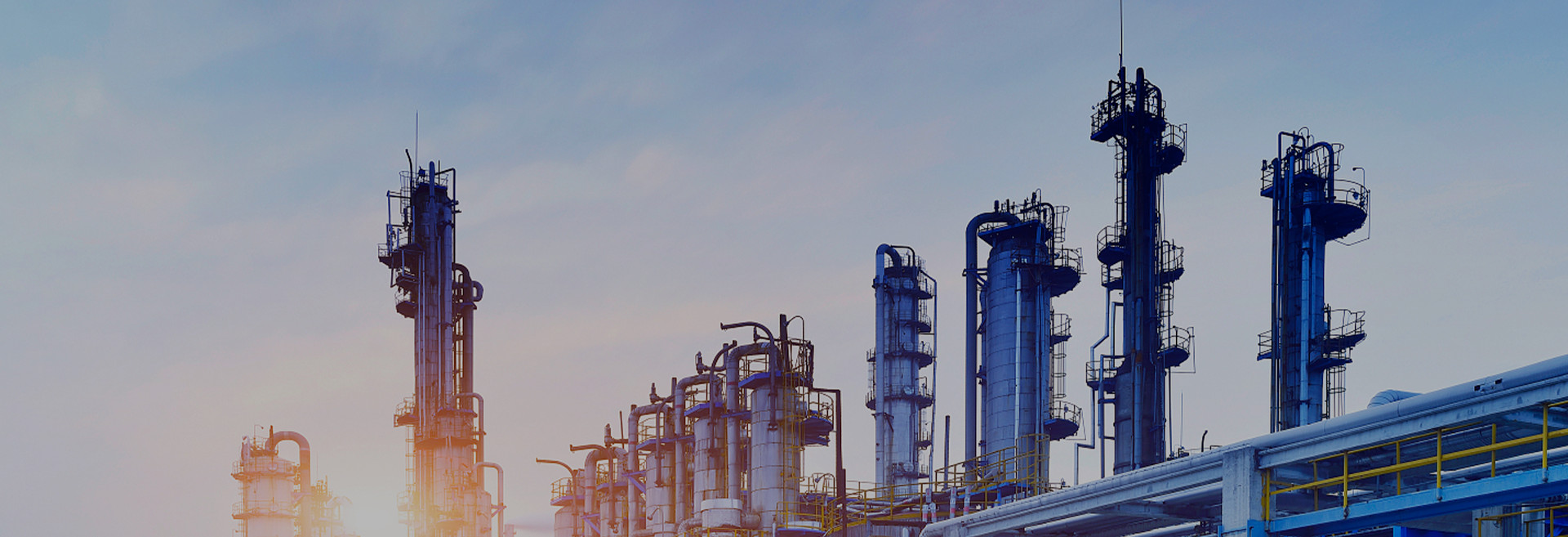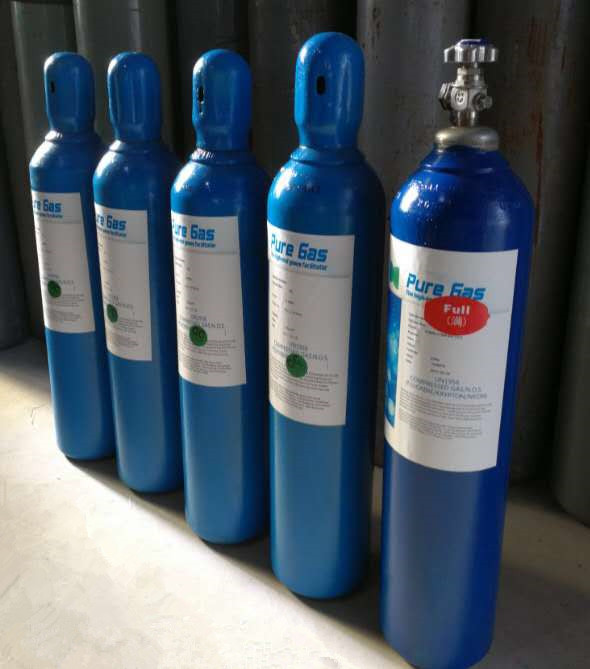Krypton, a noble gas found in trace amounts in the Earth’s atmosphere, is best known for its inert and non-reactive nature. However, when exposed to fluorine gas, a highly reactive halogen element, krypton exhibits a surprising reaction that defies its typical behaviour.
In its natural state, krypton is an odourless, colourless gas that is largely unreactive due to its stable electron configuration. It belongs to the group of noble gases, which are characterised by their full outer electron shells, making them highly stable and resistant to forming chemical bonds with other elements.
On the other hand, fluorine is one of the most reactive elements in the periodic table. It readily forms compounds with almost all other elements due to its strong electronegativity and tendency to gain an electron to achieve a full outer shell configuration.
When krypton is exposed to fluorine gas under extreme conditions, such as high temperature and pressure, a reaction can occur. The electronegativity of fluorine is so high that it can force krypton out of its inert state and form compounds with it.
One such compound that can be formed is krypton difluoride (KrF2). This compound is a colourless solid at room temperature and is considered to be thermally stable, unlike many other noble gas compounds. Krypton difluoride has a unique structure and properties and is a rare example of a noble gas compound that is relatively stable.
The reaction between krypton and fluorine demonstrates the power of fluorine’s reactivity to overcome the inertness of noble gases such as krypton. It also highlights the exceptions and complexities that exist in chemical reactions, showing the diverse behaviour that elements can exhibit under certain conditions.
In conclusion, while krypton is normally unreactive, its interaction with fluorine gas can lead to the formation of compounds such as krypton difluoride, demonstrating a fascinating exception to the general behaviour of noble gases. This reaction serves as a reminder of the intricate and versatile nature of chemistry, where even the most stable elements can undergo unexpected transformations under the right circumstances.
Post time: Aug-08-2024


